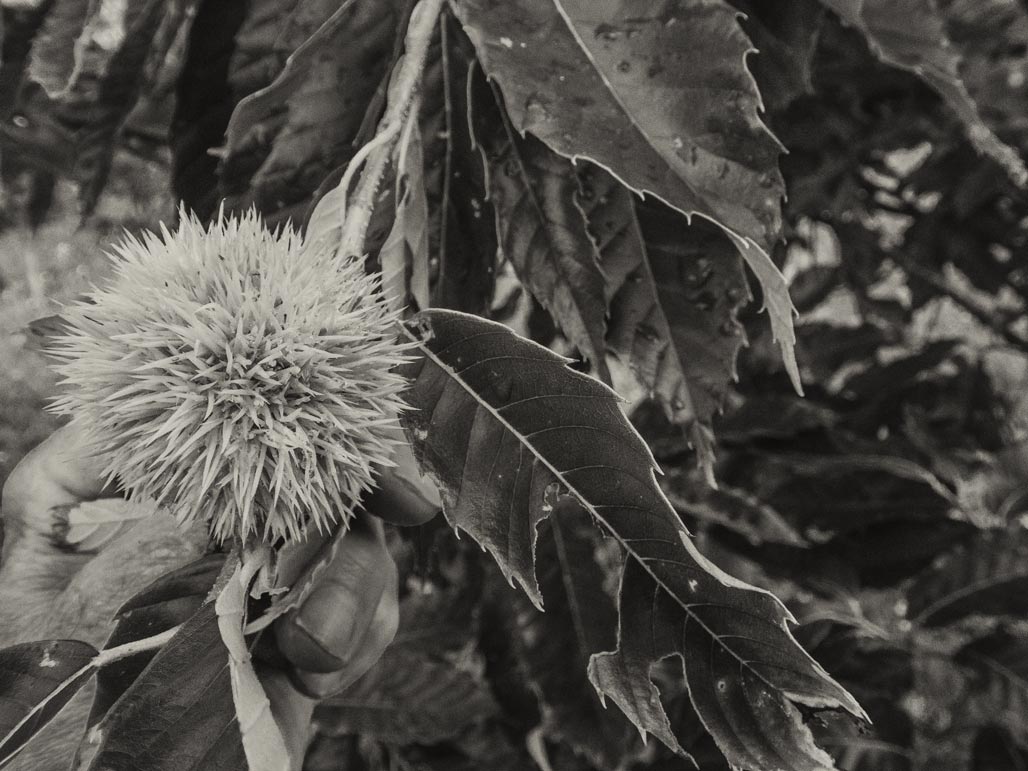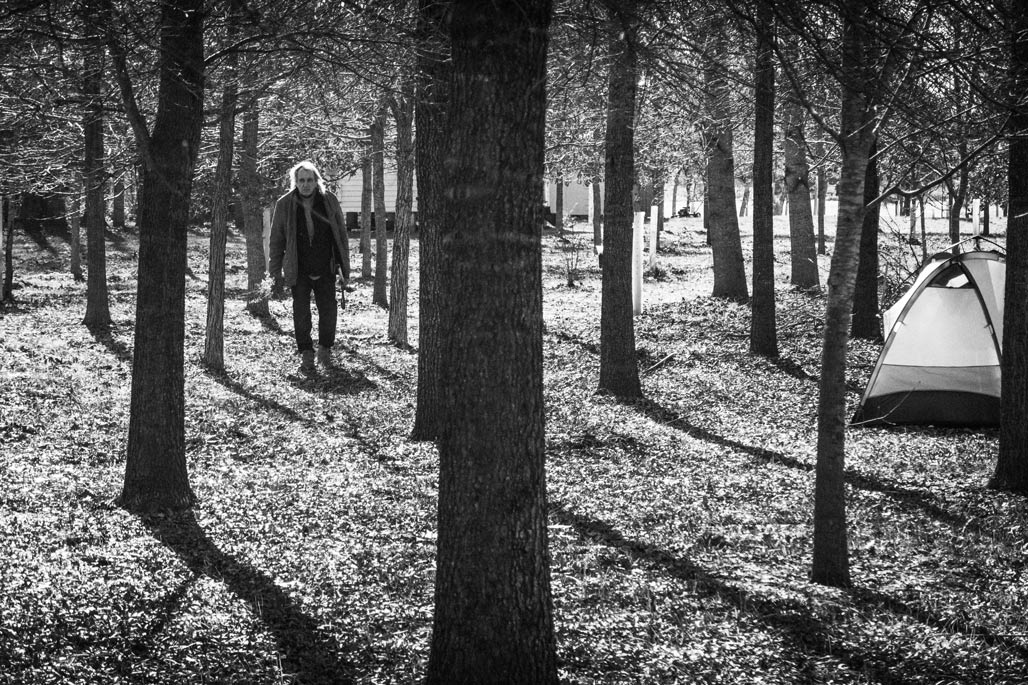
Div

photography from the Chesapeake Bay watershed by Bill Emory

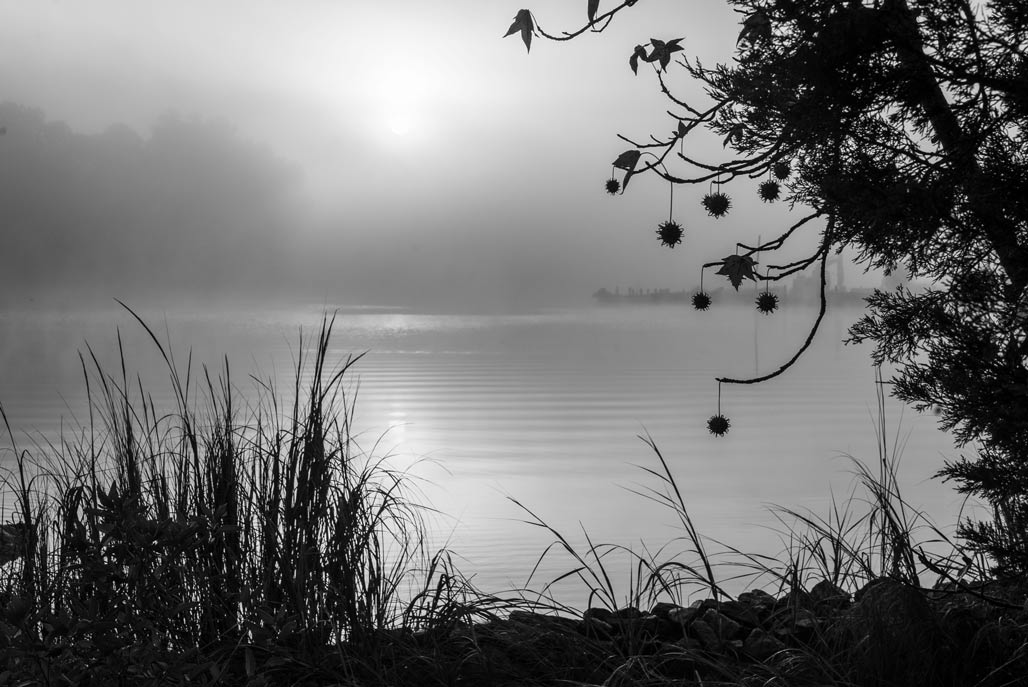
The fruit people love to hate, gum balls. Goldfinches, purple finches, squirrels, and chipmunks eat the seeds of the tree. The long-persisting fallen spiked fruits can be unpleasant to walk on; sweet gum is banned in some places for this reason–Wikipedia
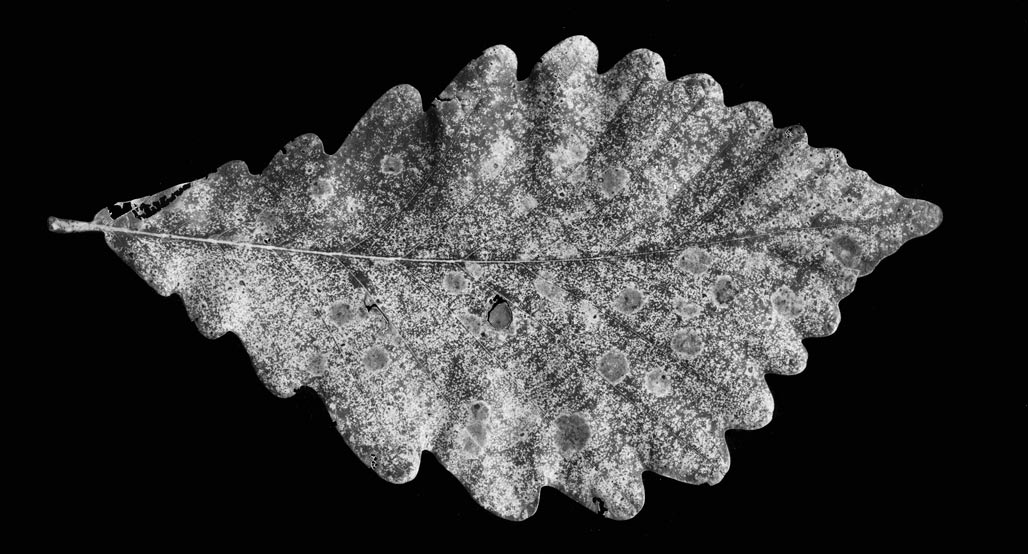
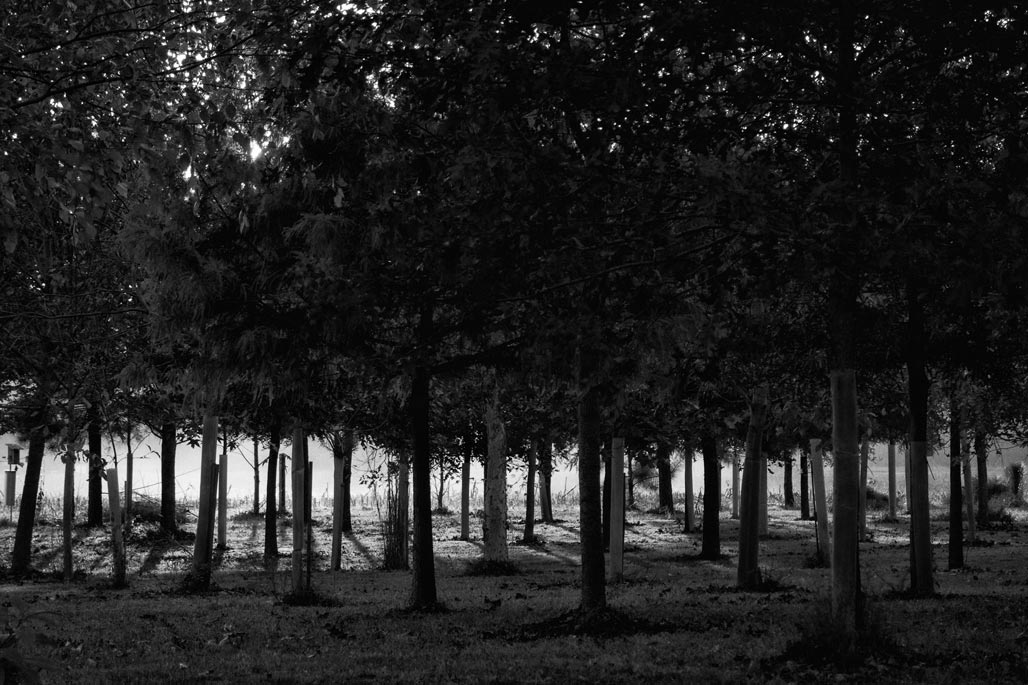
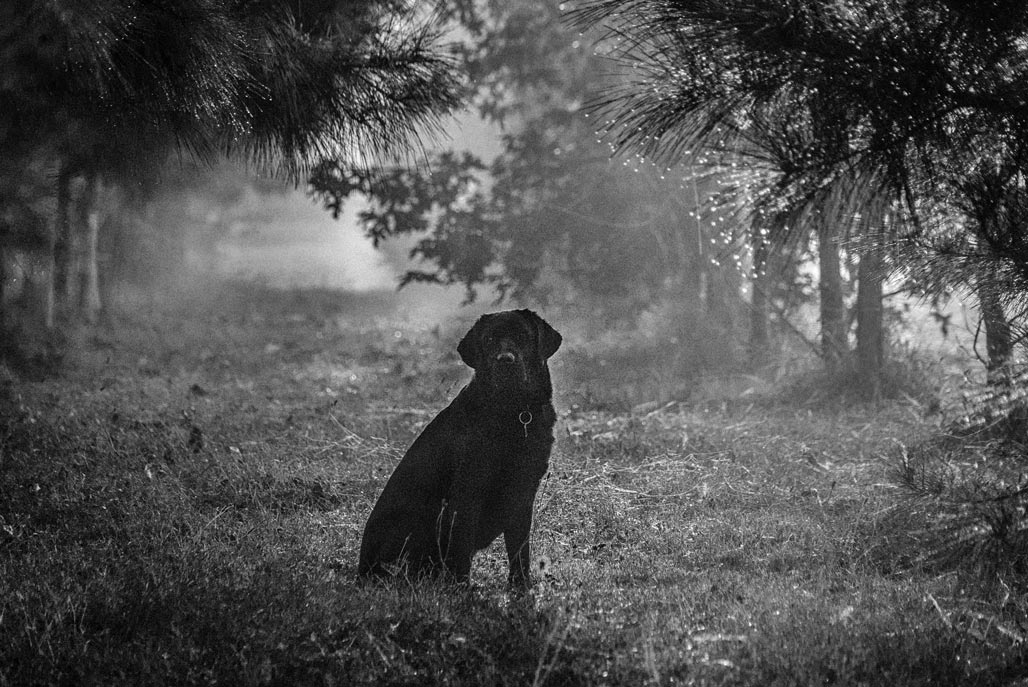
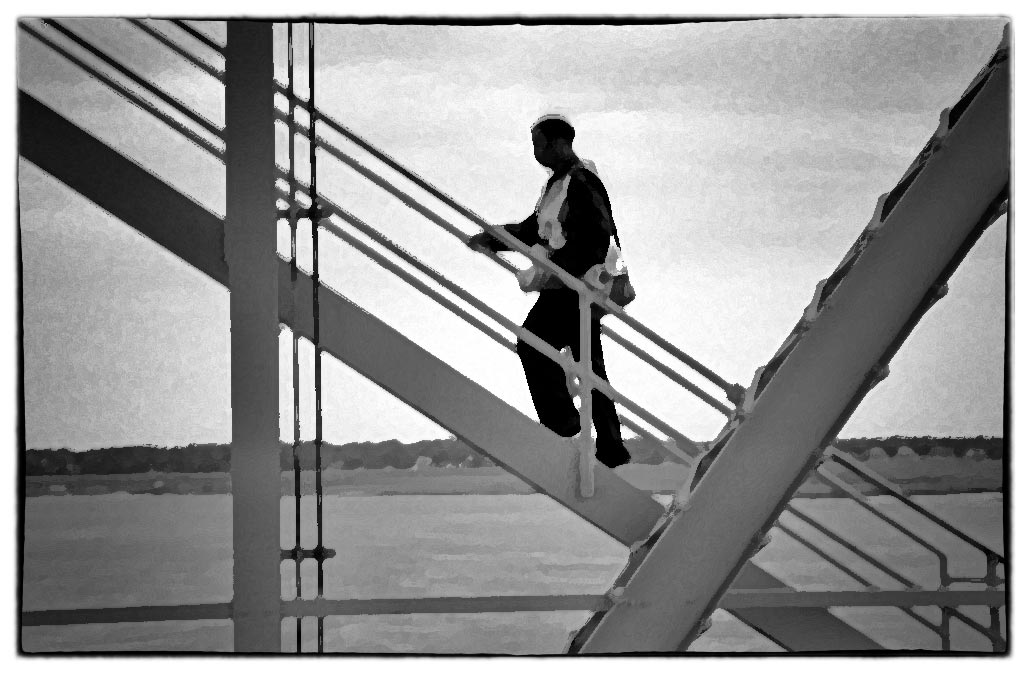
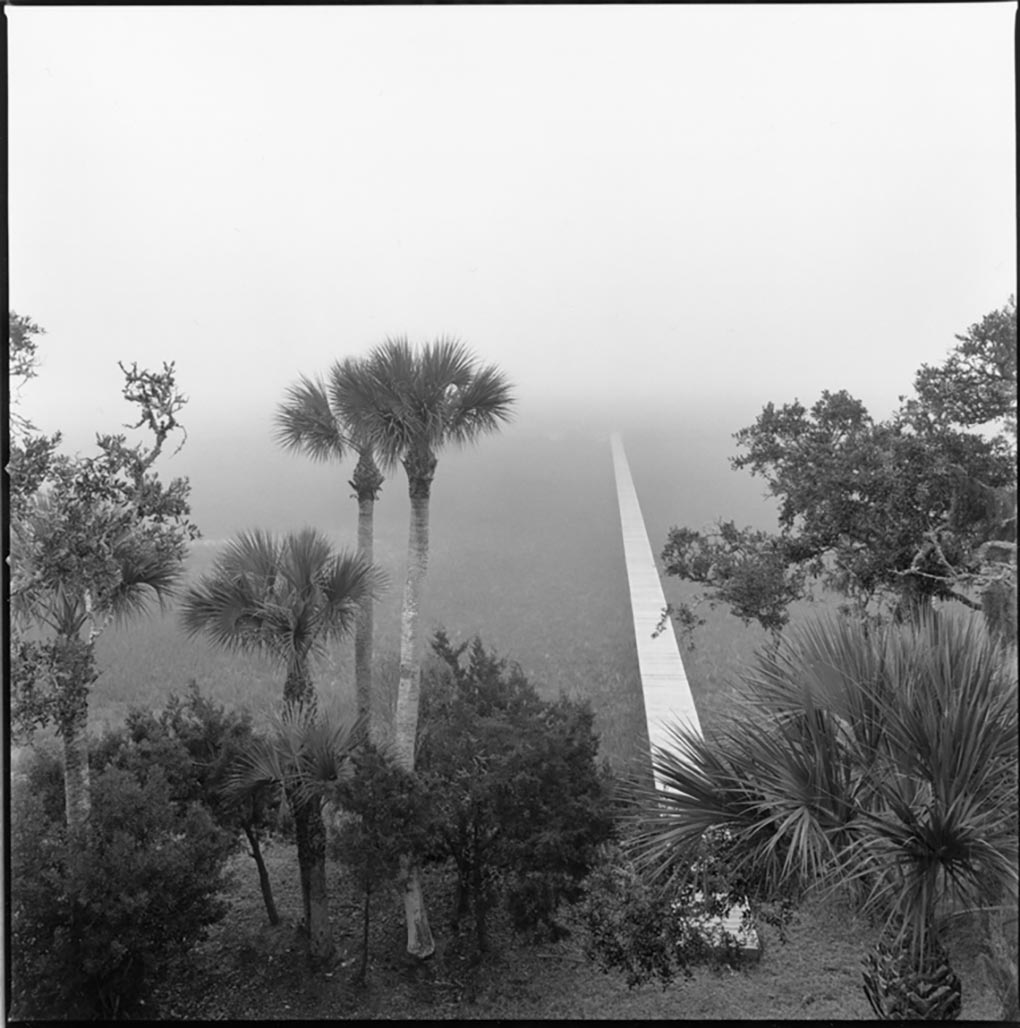
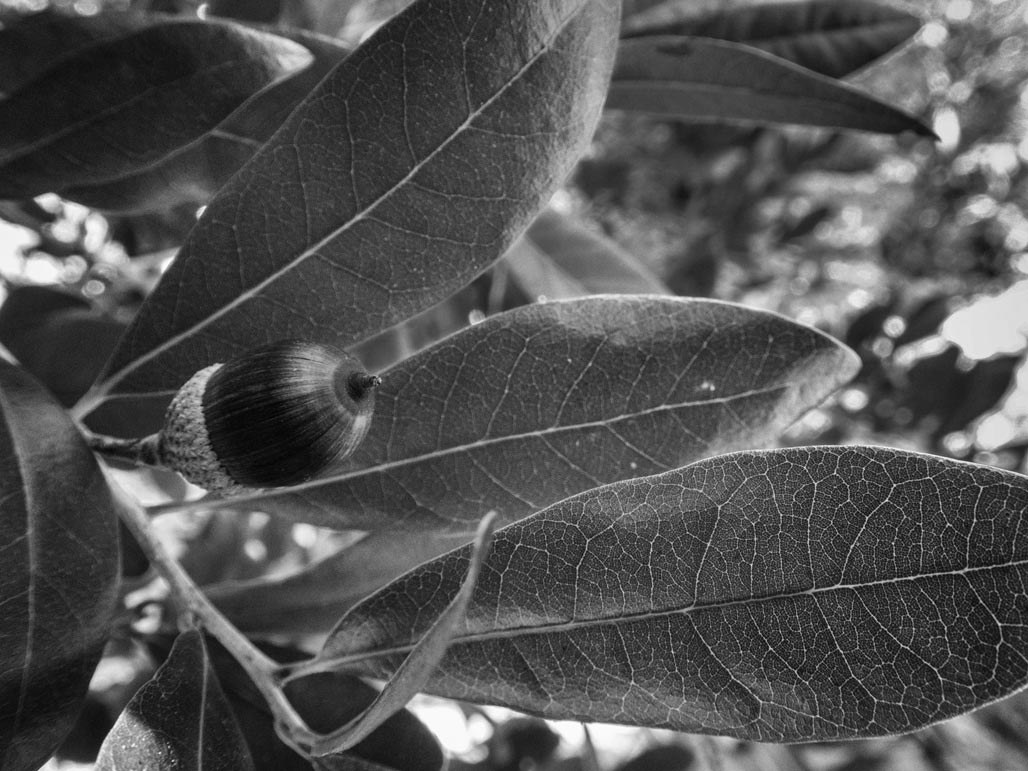
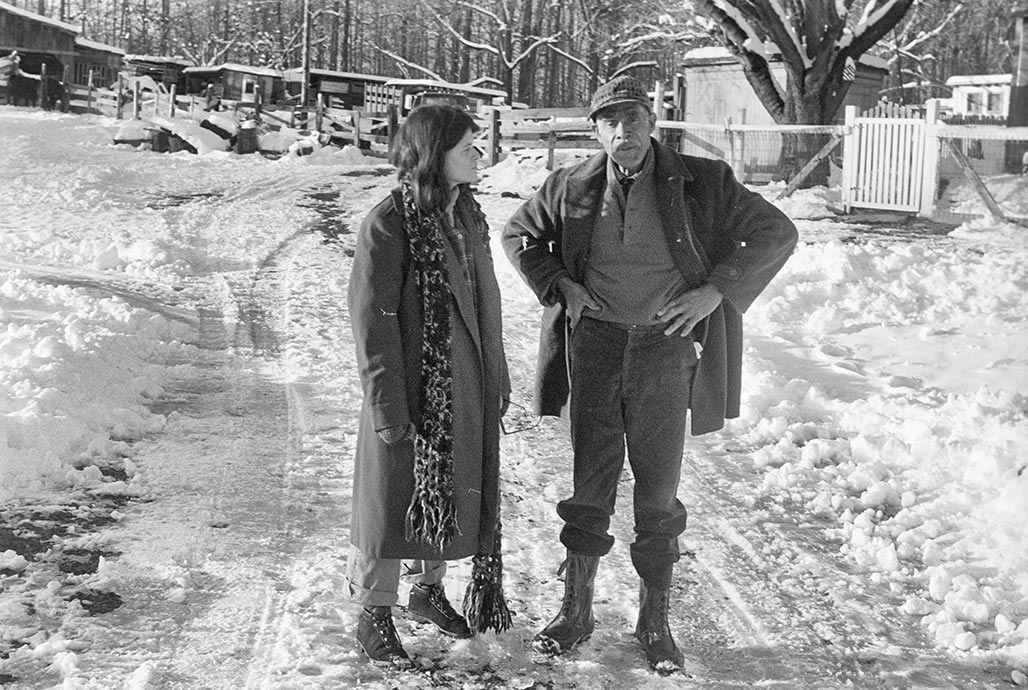
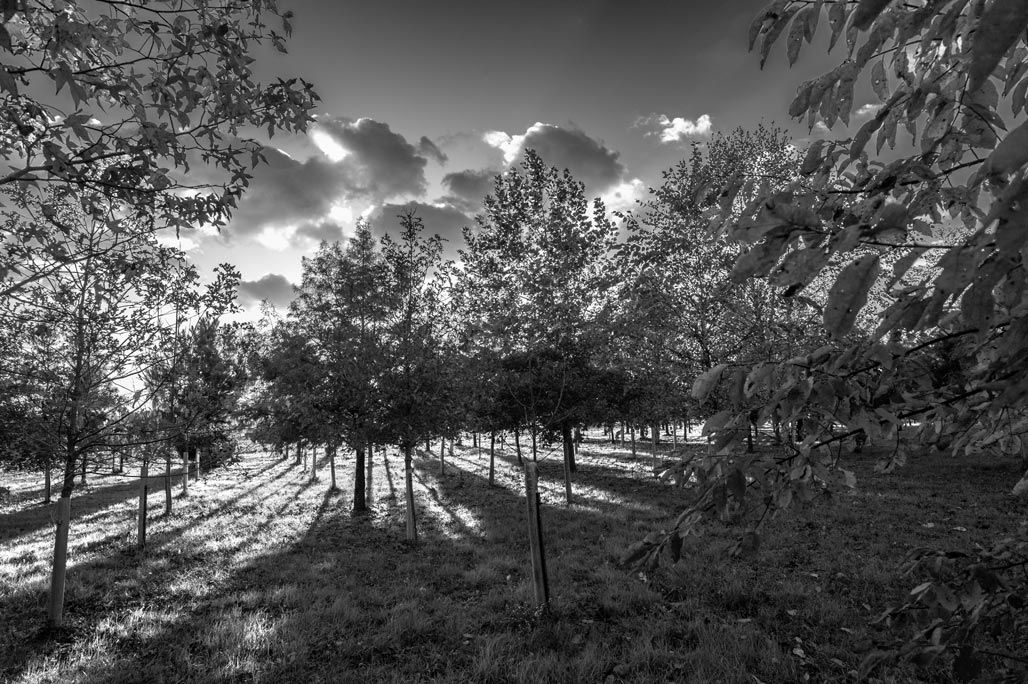
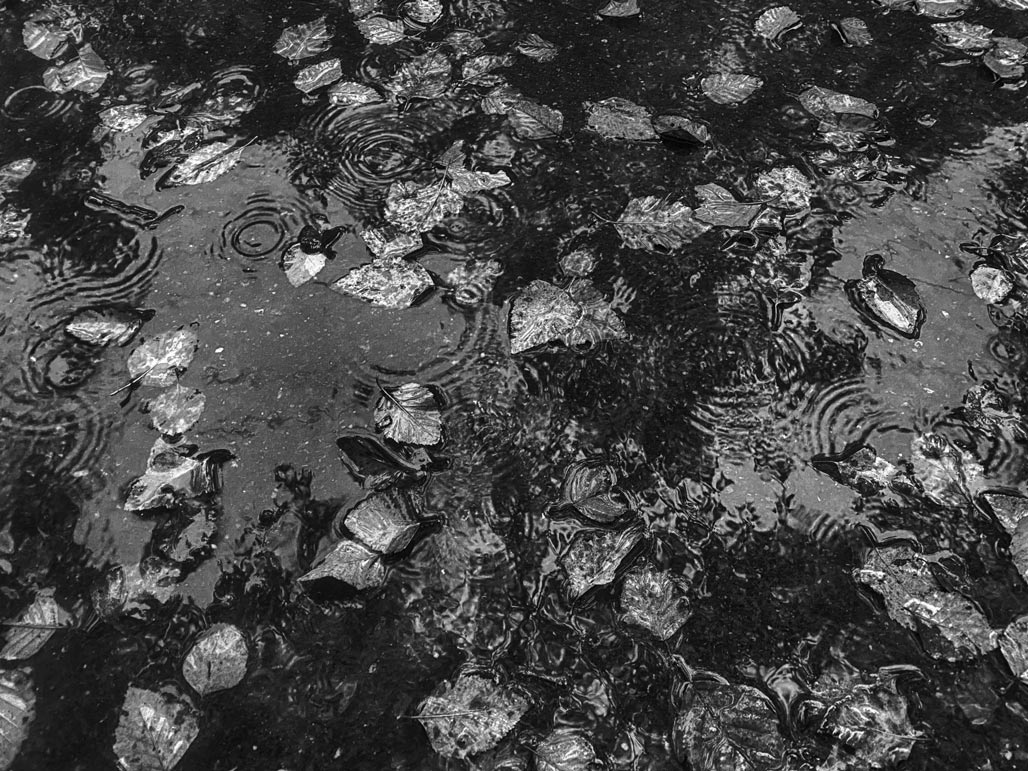
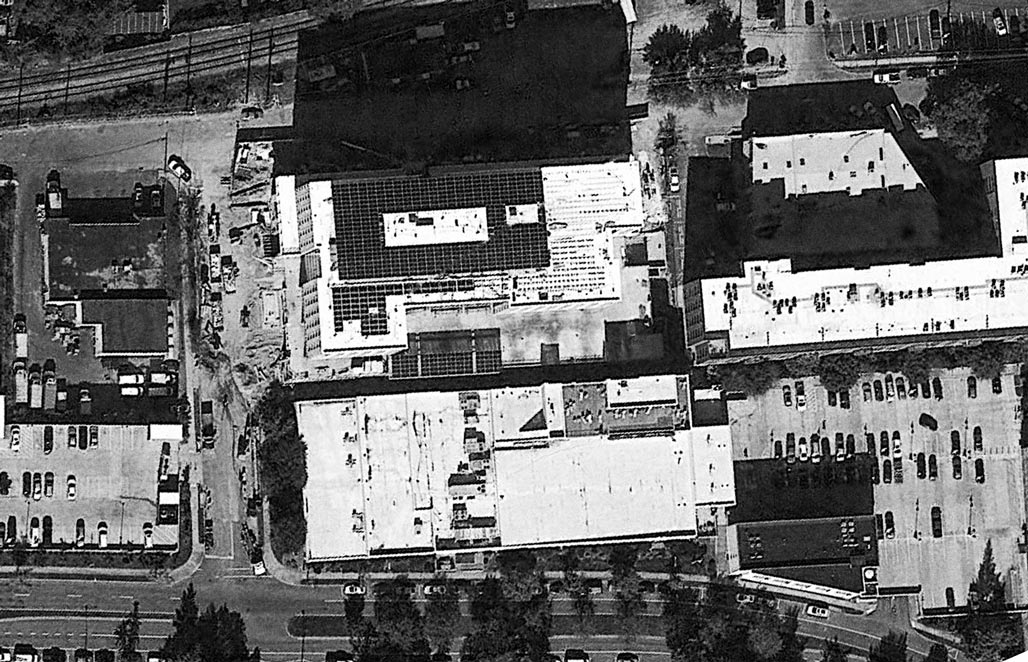
The implementation of the draft zoning ordinance will further decrease the City’s shrinking tree canopy. How low can the canopy percentage go? The code writers say we can’t ask developers for more than 20% canopy coverage, the State’s maximum requirement.
But developers and landlords can be incentivized,
the code’s green-scape zones and setbacks can be adjusted
and we can ask our City Councilors to join us in this goal.
Look at the money. The City takes in 100 million in real estate tax, the city spends one thousandth of that planting trees.
We talk the green City talk, let’s start walking the walk.
Trees and density can coexist, you just act. Plant a $10 tree in the ground, care for it, and step back.
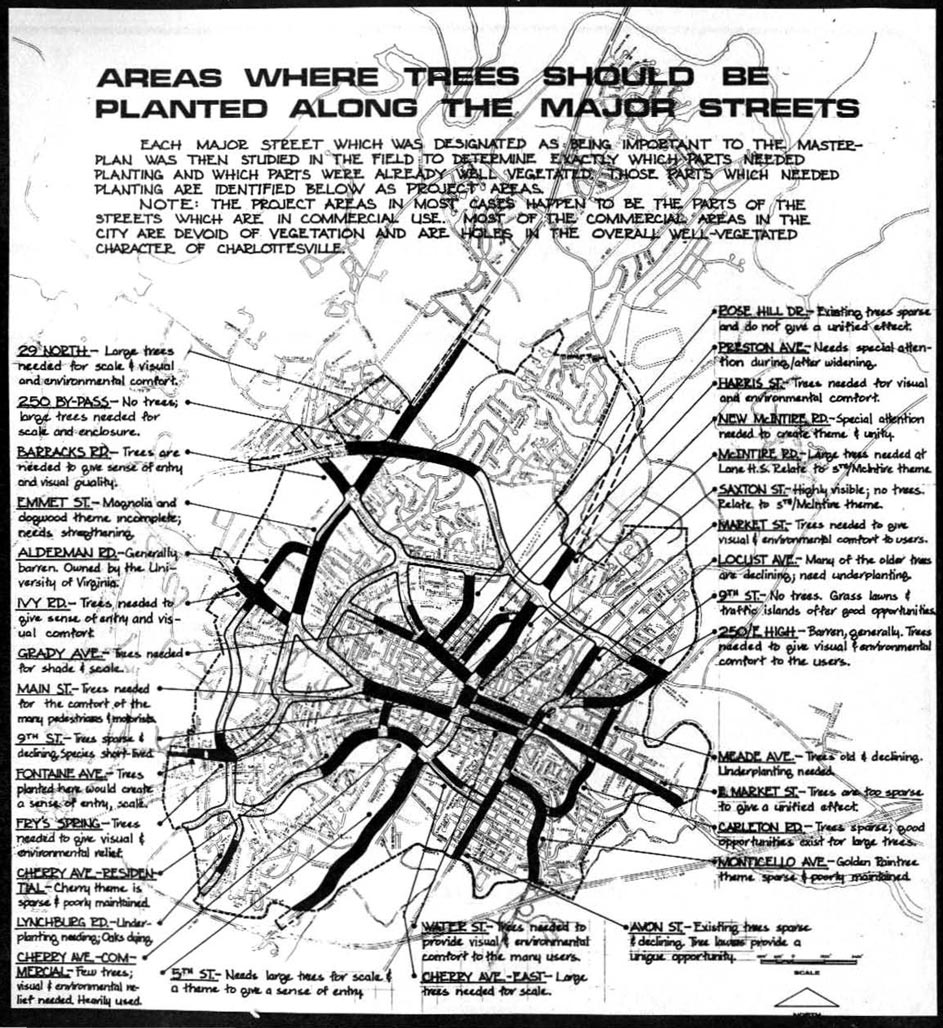
In 1975 the City had a plan to plant a multitude of trees in the commons, in the right of way. In the Woolen Mills 90 trees would line East Market Street from Firefly to the Rivanna. Shade, walkability, habitat, carbon sequestration, oxygen production, stormwater control! Of the 90 trees, one has been planted at 1606 E Market.
Square that lack of follow through with the Standards and Design Manual chapter 9.6.4 which reads
“Trees must be installed along all rights-of-way regardless of location of overhead or underground utilities.”
Ask the City to plant the commons and to support designs that incorporate nature in housing plans.
I am a small scale, affordable housing provider going for 100% canopy.
We can get this done.
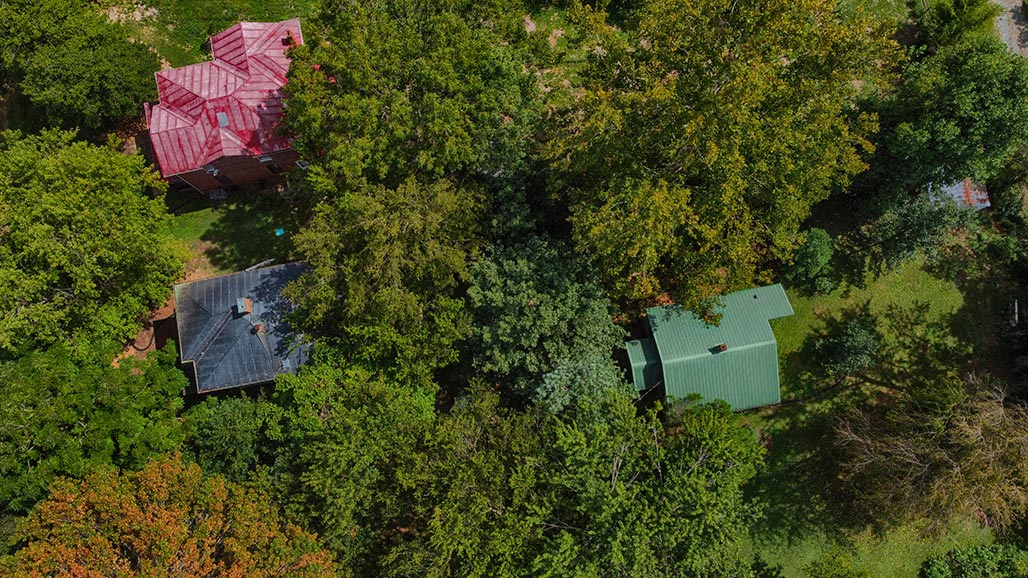
In the words of Wangari Muta Maathai:
“We need to promote development that does not destroy our environment.”
“Until you dig a hole, you plant a tree, you water it and make it survive, you haven’t done a thing. You are just talking.”
